Australia's Battle of Long Tan
*Images courtesy of the Australian War Memorial.
The Battle of Long Tan has come to be known as one of the most famous and defining battles fought by Australian forces during the Vietnam War.
In August 1966, the 1st Australian Task Force (1 ATF) was newly established at Nui Dat in Phuoc Tuy Province. On the night of 17 August, the base came under mortar, recoilless rifle and artillery fire from Viet Cong (VC) forces. Early the next morning, patrols from 6th Battalion, Royal Australian Regiment (6 RAR), were sent out to locate the enemy firing positions.
On 18 August, Delta Company, commanded by Major Harry Smith, moved into the Long Tan rubber plantation, approximately four kilometres east of Nui Dat. Numbering 108 men, the company made contact with a small VC force, which quickly escalated into a major engagement. Unbeknown to the Australians, they had encountered a much larger enemy force – later estimated at over 2,000 troops from the VC 275th Regiment and D445 Battalion.
The battle began in the late afternoon and was fought in driving rain, which limited visibility but also prevented effective air support. D Company established defensive positions and, over the next three hours, fought off repeated frontal assaults and flanking attacks. The Australians relied heavily on precise and sustained artillery fire from Nui Dat, provided by 103 and 105 Field Batteries, Royal Australian Artillery, and supported by New Zealand’s 161 Battery.
As ammunition ran dangerously low, two resupply missions were carried out by RAAF No. 9 Squadron Iroquois helicopters under fire. Late in the battle, Armoured Personnel Carriers from A Squadron, 3rd Cavalry Regiment, carrying reinforcements from A Coy, 6 RAR, broke through to D Coy’s position, forcing the enemy to withdraw.
By the time the fighting ended, 18 Australians were killed and 24 wounded. The VC left at least 245 bodies on the battlefield, with many more estimated to have been wounded or killed. The courage, endurance, and teamwork shown by Delta Company and the supporting elements ensured the survival of the outnumbered Australians and cemented Long Tan’s place in Australian military history.
For their actions, Delta Company, 6 RAR, was awarded the US Presidential Unit Citation, and the battle honour ‘LONG TAN’ – proudly carried on the unit’s colours to this day.
The Cove proudly brings to you the latest instalment in our Australian Army Battle Honours Series – the history of the Battle of Long Tan.
This video has been a collaboration between The Cove, Australian Army History Unit, Interserv, and Effective Animations.
Contemporary Tactical Companion
What lessons can we draw from the Battle of Long Tan? Despite taking place during the Vietnam War, there are many lessons still of relevance to the Profession of Arms. Watch our Battle of Long Tan Contemporary Tactical Companion video below for more.
*Images courtesy of the Australian War Memorial.
The video will automatically adjust quality to suit your internet speed. If you are viewing on the DPN you may notice lower video quality.
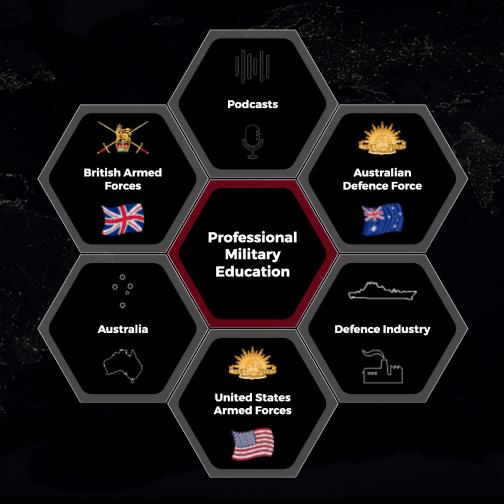
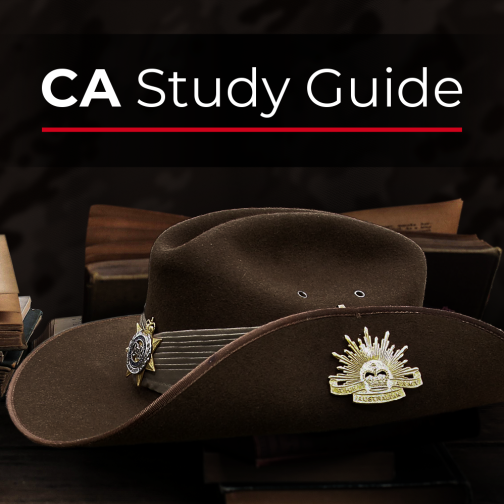

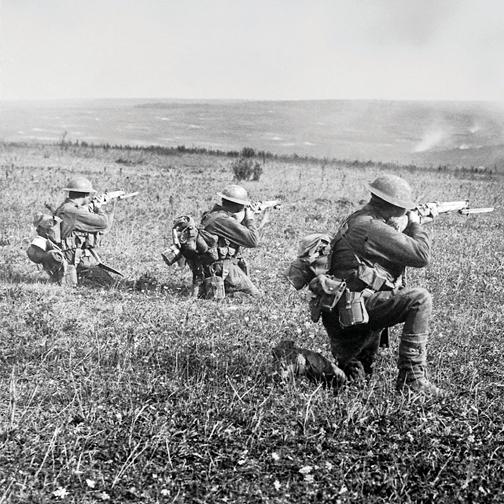


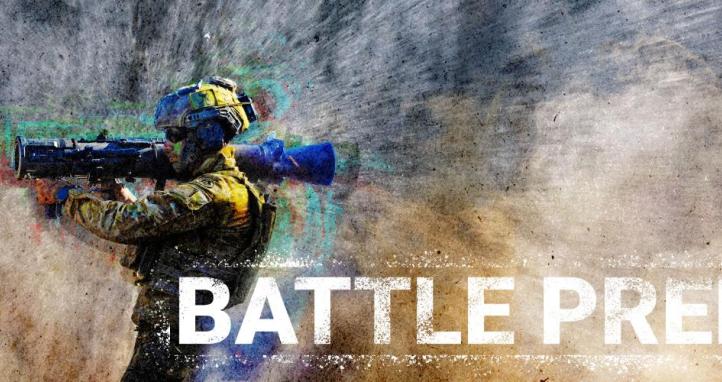
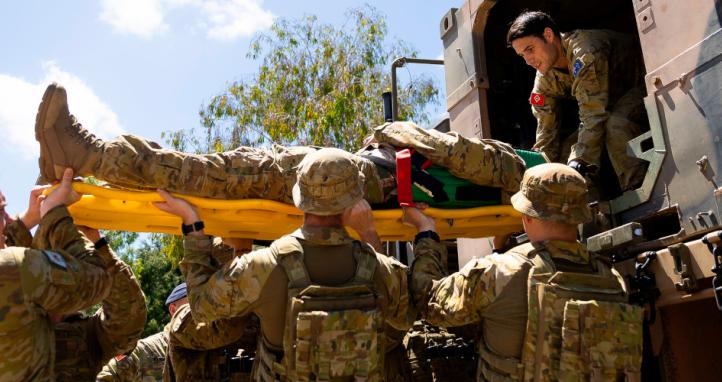
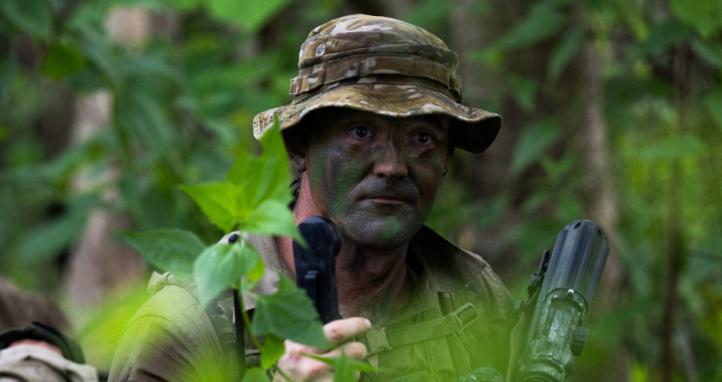
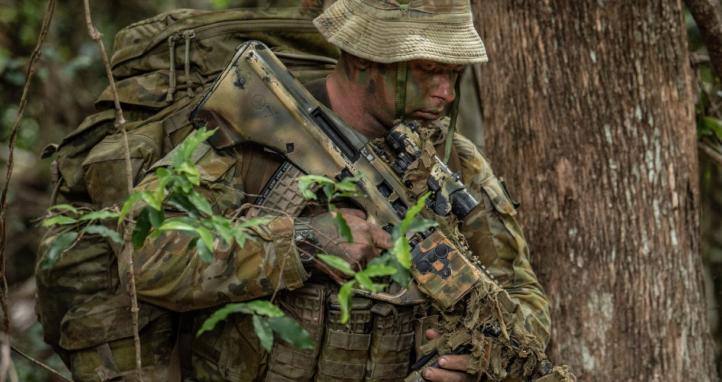
As the platoon sergeant of 11 Platoon Delta Company at Long Tan, I make the following observations to your comment.
I will later comment on the "COVE" video production that I found confusing and unfounded.
Infantry Corporals and Sergeants were trained to use mortar and gunfire support as the battle had a mortar platoon. As 161 NZ Bty was in direct support to the battalion and therefore 1st on call, it supported D company. During the battle, and used first by 11 Platoon and remained so until no longer needed when the platoon joined the company. The fire missions for 11 Platoon were created and controlled by Sharp, and I radioed to Maurice Stanley, who then issued the fire mission and corrections. to 161 Bty.
There were 108 heroes at Long Tan!
Regarding Battle Honours, the first battle honours awarded to The Regiment for actions in Korea, Long Tan being the first for Vietnam.
Bob Buick
23 August 2025
Thank you for responding to my post.
The battle honours awarded to the RAR for the actions of its battalions during the Korean War were Commonwealth Battle Honours approved by Queen Elizabeth II. Those honours were shared with units of the British and Canadian Armies. The battle honours awarded to the RAR, 1 Armd Regt and 3 Cav Regt in 1983 were Australian Army Battle Honours and were approved by the Governor General of Australia without reference to the British Army or the Queen. Australian Army battle honours are not awarded to the units of any other allied armies.
(Then) Captain Stanley was denied an NZ gallantry medal after the D/6 OC, Smith, had his recommended DSO reduced to an MC. It was considered that the FO should not get an award equal to that of the D/6 OC for the same action. (Same reason the two surviving platoon commanders had their MC recommendations reduced to MIDs.)
However, in lieu of a gallantry medal, Stanley was awarded an (NZ) MBE.
Incidentally, of the three Kiwi's on the battlefield (the 161 Bty FO party), TWO were awarded, with radio op Willy Walker being awarded an MID. We Aussies certainly appreciated their performance on the day. Thank you, 161 !
Thank you for your response to my post, and for clarifying the situation re Stanley's MBE. Sadly, an MBE is no substitute for the decoration for gallantry or high-level award for service Stanley should have received. It's all moot now I suppose, as Maurice Stanley has passed away. It's a shame nothing more could have been done for him. I am pleased to see that you and Bob Buick are still alive and kicking, and taking an interest in military affairs.
I am sad that the Army producers of this video have failed to present more accurate details.
Thank you for taking the time to share your thoughts on this video. We recognise there are multiple accounts of the Battle of Long Tan, and it is always a challenge to capture them all within a short production. For this video we drew on a range of sources, including the Australian Army History Unit, 6RAR, veterans from the Long Tan Association, and published historical accounts.
The intent was not to provide a definitive history, but a primer to spark interest and highlight the tactical actions that led to the awarding of the battle honour. That said, we take accuracy seriously and greatly value feedback from those with first-hand knowledge. If you are willing, we would welcome any comments on specific points of fact via the.cove@defence.gov.au
Kind Regards,
MAJ Stokes
SO2 Cove